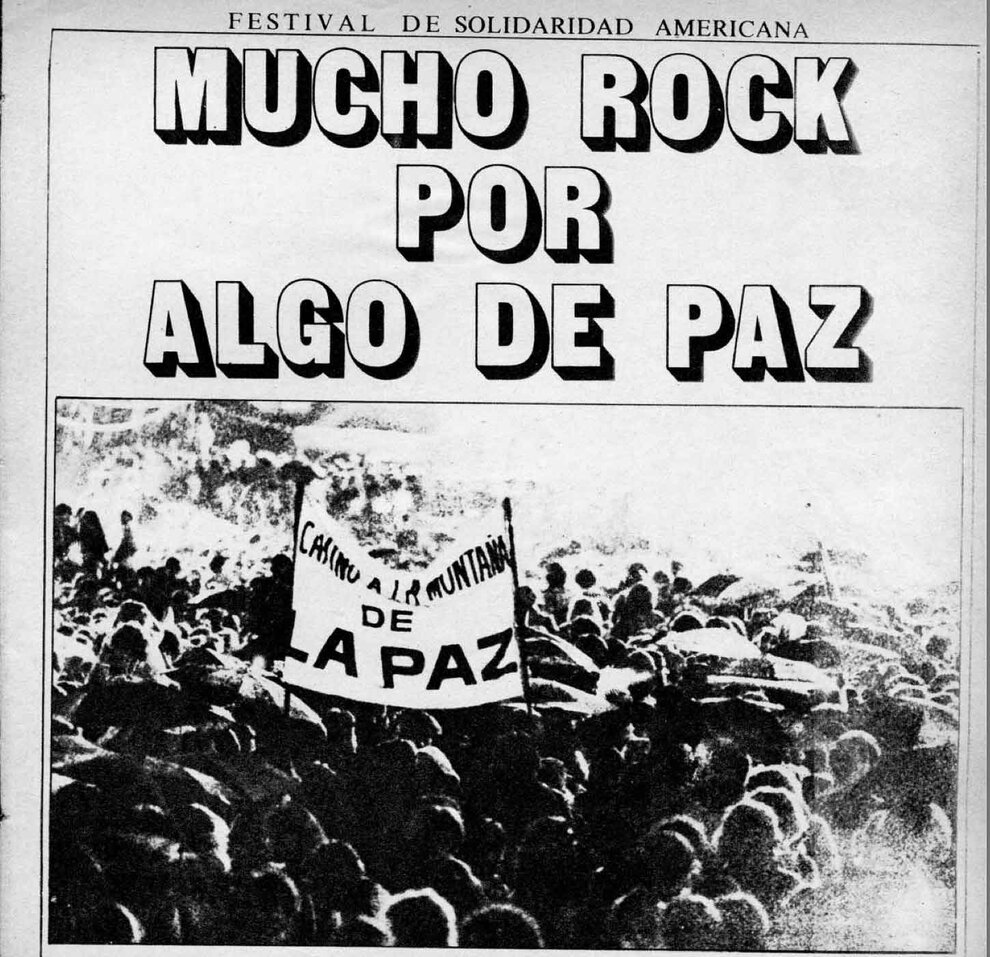Hydrometeorological analysis of floods in the watershed of Mono in West Africa with a rainfall-runoff conceptual model

The recurrence of extreme anomalies of precipitations involving of the floods or the droughts is a normal component of the natural variability of the climate. The harmful effects of the floods these last have strong incidences socio-economic and ecological and involved human losses of life and property damages. The vulnerability with these natural risks is high in West Africa and basin of Mono in particular, where the populations tend to occupy the most exposed zones more and more. The objective is to model the distribution of the risings entering to the dam Nangbeto thanks to hydrological model GR4J with the step of daily time to assess the risks of flood in the low valley of the river. The data used cover the period 1961 to 2010. They is the daily outputs (m3.s-1), the evapotranspiration (mm/jour, calculated according to method FAO) and average precipitations on the basin (mm/day). The various methods of space interpolation of the rains were tested (linear, cubic, Thiessen, simple average). Model GR4J was useful with modeling of the risings upstream and the stopping of 1988 to 2010 to appreciate the effects of the dam. The results show a marked variation in rainfall by increasing annual maximum daily followed by an increase in ETP. The rates recorded in output Nangbéto dam are equivalent to those recorded input, especially during floods, showing the weak regulatory role of the dam and the very limited capacity of the reservoir. The annual maximum incoming flow at the dam can be modeled by an extreme value distribution (GEV) Fréchet-type, while those measured at the outlet of the dam after a GEV law Weibull (bounded). The dominant runoff generation mechanism in the basin is the gradual rising waters associated with increased saturation of the soil, rather than isolated episodes of rainfall. The analysis of flood flows between 1988 and 2010 showed no increase in flood magnitude during this period. Finally the effectiveness of the model to reproduce GR4J flood flows has been tested showing that the observed floods are simulated during calibration. However, validation tests over several periods with different climatic characteristics show a degradation of performance criteria and the model as one moves away from the calibration period, showing the instability of the model parameters in the time. Under these conditions, the use of such a model to assess future risks future flooding is risky and it is necessary to consider alternative approaches.
The author
Teacher-researcher in Physical Geography applied to the University of Parakou (Benin), holder of a unique doctoral thesis from the University of Burgundy in 2010 focusing on "Rainfall variability and hydro-sedimentary dynamics in the Mono-Couffo hydrosystem (Benin / Togo) ". Active member and researcher at the Pierre Pagney Laboratory: Climate, Water, Ecosystems and Development (LACEEDE), Abomey-Calavi University. Responsible for courses in: '' hydrology '', '' statistics '' and '' research models in environmental sciences ''. He is also responsible for courses in: "Hydroclimatology", "Hydrosphere, Geosphere and Biosphere", "Natural and Human Risks and Disasters", "Impacts of Climate Change on Surface Water Dynamics" 'Hydrosystem and watershed' 'and' 'Integrated Water Resources Management' '. In addition, member of the editorial board of the journal Climate and Development of the University of Abomey-Calavi.
Reference
Ernest Amoussou. Analyse hydrométéorologique des crues dans le bassin-versant du Mono en Afrique de l’Ouest avec un modèle conceptuel pluie-débit. FMSH-WP-2015-90. 2014.

Diffuser et distribuer le livre en SHS

La FMSH & Pariscience : un engagement pour l’audiovisuel scientifique

La France devient le deuxième plus gros exportateur d’armes au monde


